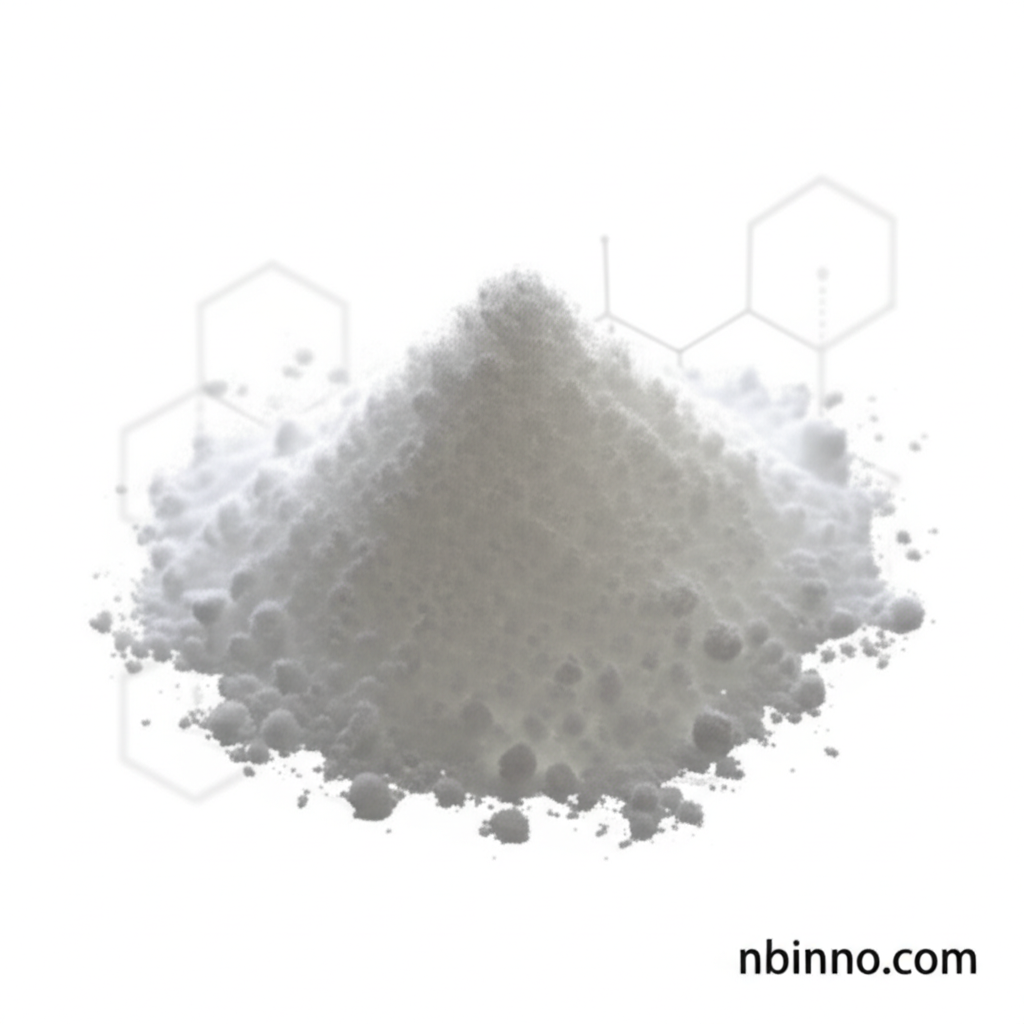2-Amino-5-bromo-3-iodopyridine: A Versatile Chemical Intermediate
Unlocking innovation in pharmaceuticals and material science with a key synthetic building block.
Get a Quote & SampleProduct Core Value

2-Amino-5-bromo-3-iodopyridine
This compound serves as a vital intermediate, underpinning advancements in drug discovery and the development of cutting-edge materials due to its unique chemical properties.
- Leverage the unique halogenated structure for enhanced reactivity in complex organic synthesis, aiding in pharmaceutical development building block applications.
- Utilize this compound as a material science chemical intermediate to explore novel properties in organic semiconductors and advanced functional materials.
- Incorporate this pyridine derivative into drug discovery programs, facilitating the synthesis of targeted therapies for various diseases.
- Explore its potential as an organic semiconductor precursor, contributing to the development of next-generation electronic devices.
Key Advantages
Enhanced Reactivity
The strategic placement of bromine and iodine atoms on the pyridine ring of 2-amino-5-bromo-3-iodopyridine significantly boosts its reactivity, making it an efficient component in complex chemical synthesis pathways, crucial for pharmaceutical intermediates.
Broad Application Scope
From crafting novel pharmaceuticals to engineering advanced materials, this compound's versatility as a building block makes it invaluable across multiple scientific disciplines, supporting chemical synthesis goals.
Facilitates Innovation
As a key heterocyclic intermediate, it empowers researchers to explore new chemical frontiers and develop innovative products, driving progress in areas like targeted drug delivery and electronic material design.
Key Applications
Pharmaceutical Synthesis
Serves as a critical building block in the creation of new pharmaceutical agents, often utilized in drug discovery efforts for various therapeutic areas.
Material Science
Employed in the synthesis of advanced materials, including organic semiconductors and functional polymers, leveraging its unique electronic and structural properties.
Biochemical Research
Used by researchers to study molecular interactions and develop novel compounds with specific biological activities, contributing to a deeper understanding of chemical biology.
Agrochemical Development
Finds application in the formulation of effective agrochemicals, contributing to the development of targeted solutions for agriculture.
